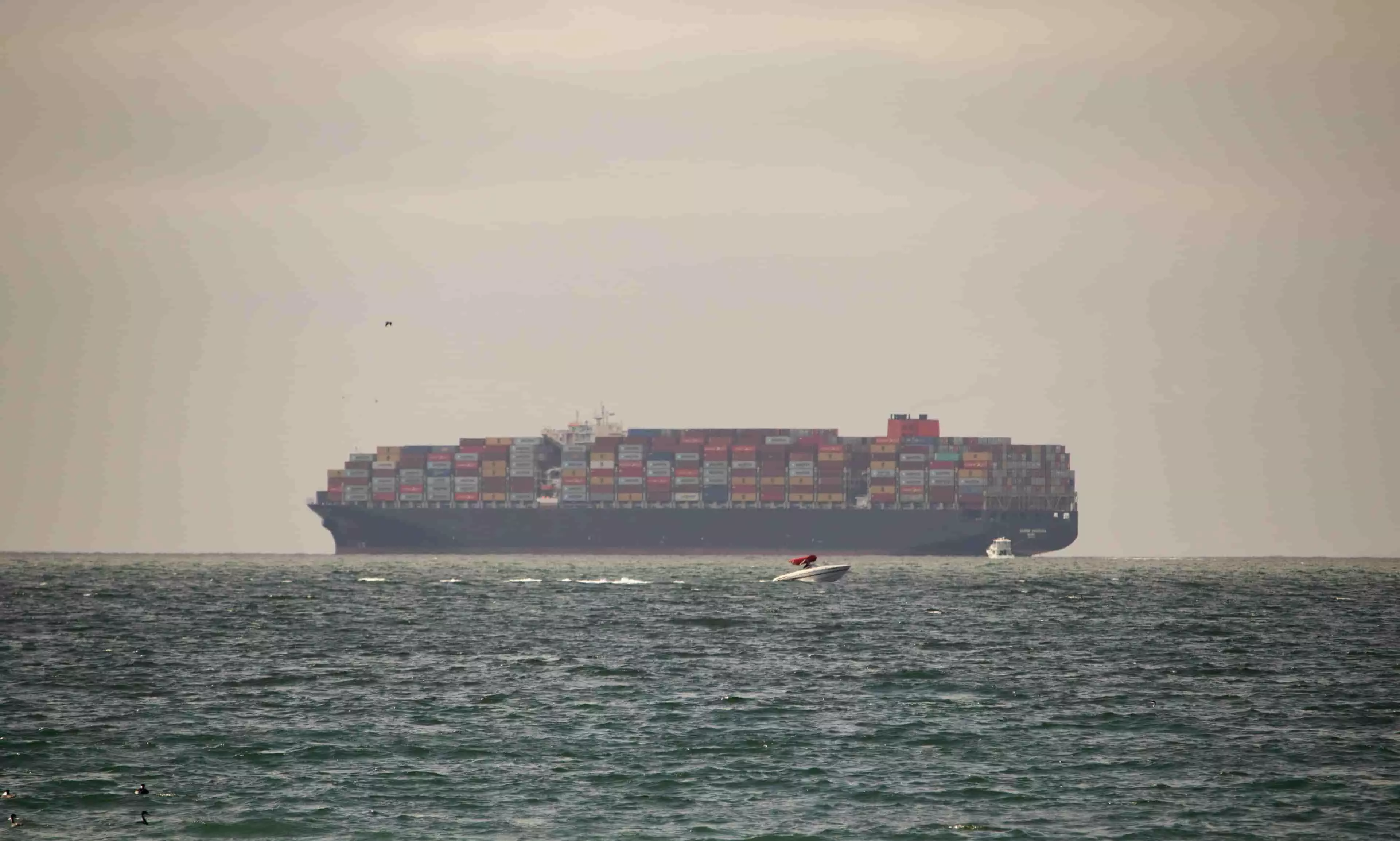Ocean carriers moving from China-centric approach: Dimerco
Largest deployment growth on Asia/Europe route at 24%; container fleet up 10.6% between June 1, 2023 and June 1, 2024
Ocean carriers are making significant shifts in their service deployments, moving from a China-centric approach to focusing on emerging markets such as Southeast Asia, the Indian Subcontinent and Latin America due to geopolitical tensions, says the latest update from Dimerco.
"The global container fleet grew by 10.6 percent between June 1, 2023 and June 1, 2024. This substantial capacity increase of 2.85 million TEU slots has allowed carriers to deploy more ships on liner services between Asia and Latin America, the Indian Subcontinent/Persian Gulf, and Asia/Europe/Mediterranean."
Although the largest deployment growth was on the Asia/Europe route at 24 percent, the extra tonnage had little impact on average weekly capacity due to rerouting via the Cape of Good Hope, the update added.
Red Sea and freight rates
Rate hikes in ocean freight currently are not driven by strong market demand but by the rerouting of westbound (WB) and eastbound (EB) shipments from the Suez Canal to the Cape of Good Hope. This diversion has forced carriers to reduce services from 27 to 25 loops and increase blank sailings, the report added.
"While the UN is urging Israel and Hamas to sign a peace accord, there are concerns about the impact on global ocean freight rates, particularly for Asia/Europe routes, if the blockage in the Red Sea were to be lifted. If reopened, carriers' over-tonnage issues would immediately resurface, putting significant pressure on pricing."
Alvin Fuh, Vice President – Ocean Freight, Dimerco Express Group says: "Maintaining the 25 weekly services would require an additional 36 very large container carriers (VLCC) or 0.51 million TEUs of capacity. With approximately 1.5 million TEUs of new deliveries expected in the second half of this year, the market could face a significant oversupply if the Red Sea crisis is resolved suddenly. Freight rates could deteriorate as quickly as they have increased recently. It's important to note that BCOs and NVOs might need to wait two months or longer to benefit from lower rates as carriers would need time to adjust their schedules and redeploy vessels."
Country/Region report
Taiwan: Long-haul booking activity for August is weaker than in previous months, leading to a downward trend in ocean freight rates starting in the first week of July 2024. Space to Southeast Asia is particularly tight as carriers are reallocating capacity to routes to the Middle East and India-Pakistan where rates are significantly higher.
East China: New routes from Shanghai to Los Angeles Port and Port of Long Beach have increased capacity, leading to a decrease in rates.
Rates remain elevated on the Europe lane.
Rates for Indonesia continue to be high while rates for Thailand and Vietnam have seen a slight decrease. However, port congestion has caused overall transit times to Southeast Asia to be delayed.
North China: Rates have begun to decrease on the U.S. lane since mid-July, and space is becoming more available.
Europe lane rates have continued to rise in recent weeks. Both THE Alliance and Ocean Alliance have announced blank sailings at the end of July, leading to tighter space.
Rates remain high on the SE Asia lane. Space is tight for Indonesia and Malaysia; so booking at least two weeks in advance is recommended.
South China: The general rate increase (GRI) has been cancelled, leading to a decrease in rates on the U.S. lane. For shipments with low-value goods and flexible transit times, SeaLead offers a lower-rate service from Nansha to Long Beach.
Rates remain high and space is tight on the Europe lane. It is advisable to book 2-3 weeks in advance. On the SE Asia lane, rates and space are stable. However, port congestion has caused delays in transit times.
Singapore: The port congestion in Singapore has eased, with the waiting time for berthing reduced from five days to two days. If this improvement continues through August, fewer vessels will omit the Singapore port, leading to more sailings from Singapore. This increase in vessel calls should help maintain or slightly reduce freight rates for August. Despite the improvement in August, shippers should still plan their import and export shipments in advance.
India & Australia: For ocean shipments to Europe, carriers are struggling to maintain weekly sailings due to vessel diversions via the Cape of Good Hope. Additionally, for routes to the U.S./Canada, carriers are implementing blank sailings to northern ports in India, which is reducing overall capacity. Southern India is also facing space constraints with carriers restricting bookings. Carriers are expected to resume weekly services to the U.S. starting at the end of August.
U.S.: The Port of Charleston successfully cleared its backlog of approximately 15 to 20 container ships by temporarily reopening all three berths at the Wando Welch Terminal. However, due to ongoing construction, the terminal will operate with only two out of three berths through November, which may result in some anchoring delays for incoming ships.
Mexico: As demand for electric vehicles (EVs) slows, freight rates are expected to decrease in Q3. In contrast, volume to and from the West Coast of Latin America has increased, leading to a downward adjustment in freight rates during July.
With more ships departing from the Gulf of Mexico to West India, the ports of Nhava Sheva and Mundra are becoming preferred over the Manzanillo-India route.




